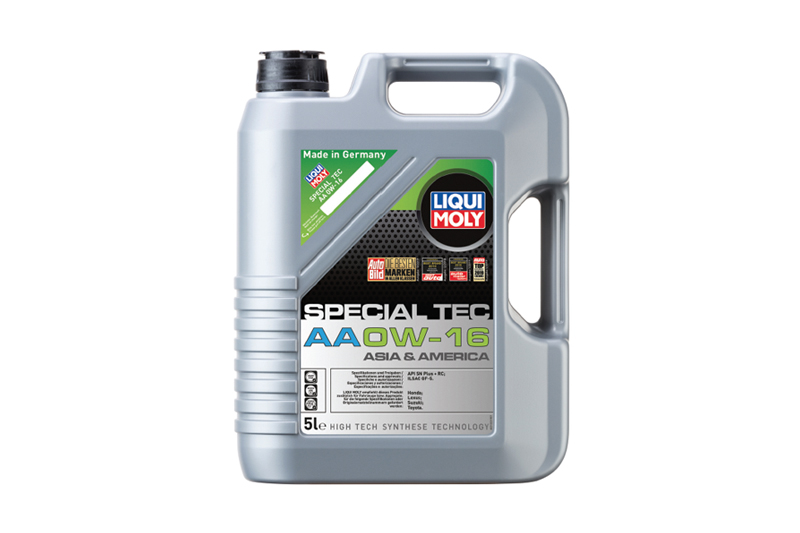
The trend is towards thinner oils in order to reduce fuel consumption and emissions, according to LIQUI MOLY, but the engine must be designed for such an oil to avoid the risk of expensive damage. Also, the company warns motor oil cannot become arbitrarily thin.
LIQUI MOLY Deputy Head of the Oil Laboratory, Oliver Kuhn (above), answers the key questions:
Q. What’s the deal with thick or thin motor oil?
Oliver Kuhn (OK): “The viscosity of motor oil is indicated by two numbers; for example, 5W-30. The first number with the ‘W’ stands for the low-temperature viscosity, i.e., how fluid the oil is at low temperatures. The second number represents the high-temperature viscosity, i.e., how fluid the oil is at high temperatures. The following applies to both numbers: the higher it is, the more viscous and thicker the oil; vice versa, the lower the number is, the thinner the oil.”
Q. Why is motor oil becoming thinner and thinner?
OK: “This is due to VMs and their efforts to further reduce vehicle emissions. The thinner a motor oil is, the less force the engine needs to apply to pump it. This reduces fuel consumption. The effect isn’t huge, but thin oil is one of many adjustments the VMs make to increase the efficiency of their vehicles. Our task as an oil manufacturer is then to develop motor oils that are thin and still offer the required performance.”
Q. But how can such thin oil still lubricate properly?
OK: “This can only be achieved with state-of- the-art lubricant technology. Motor oils consist of two main components: the base oil and the additive packages. In the past, the base oil was the most important performer in motor oil, but today it is the additive packages. They are not only responsible for the cleaning and corrosion protection with thin-bodied oils, but also for cooling and lubrication. The base oil – the actual oil – is then hardly more than just a carrier fluid for the additive packages. Almost a third of modern oils consist of additive packages.”
Q. What happens if a thin oil is added to an engine that it is not designed for it?
OK: “If an engine is not designed for this purpose, (technicians) should definitely not do so. This is because the oil film is simply too thin for the engine. It is not capable of bearing the load. A cracked oil film means significantly increased wear, which can extend to seized bearings. This, in turn, can lead to consequential damage up to major engine failure.”

Q. What happens if too thick an oil to the engine is applied?
OK: “The actual lubrication is less of a problem here, apart from the fact that fuel consumption increases. But to force the thick oil through the small oil passages designed for thin oil, the oil pump has to work more. As a result, it can become overloaded and fail. And then the engine is completely without lubrication.”
Q. How do factors or technicians ensure the right oil?
OK: “By looking in the manual, or simply use the free oil guide at www.liqui-moly.com.”
Q. How thin can motor oil get?
OK: “That’s an exciting question! The lowest viscosity currently specified for motor oil is 0W-8. This is almost a single-grade oil. In addition to lubrication, the difficulty here is, above all, evaporation, because the thinner an oil is, the easier it evaporates.
“With the 0W-8, this balance can just about be maintained. For even lower viscosities, it would probably require a completely different chemistry, which would then no longer be based on oil. In any case, 0W-8 is limited to the Japanese market. Only the Japanese automotive standards organisation, JASO, has published specifications for 0W-8 to date, but so far neither the European car manufacturer association, ACEA, nor the American API have done so.
“In addition, 0W-8 is only intended for (petrol) engines; for diesel engines, 0W-20 is currently the lowest viscosity. This is due to the higher pressure load there.”







